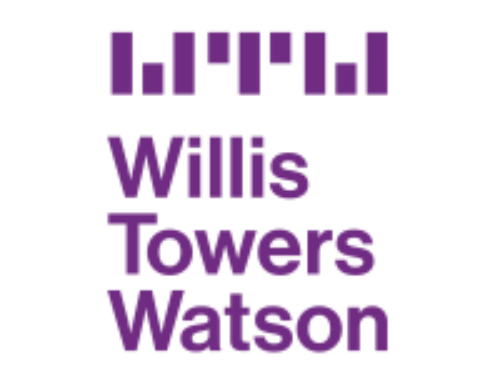The enterprise health and wellness market in the United States was an estimated $6B in 2014, and will grow in double digits over the next 5 years.
This explosive growth has been triggered by a broad range of new digital health solutions and the resultant new data points, which provide the raw materials to address key wellness value propositions.
According to our recent survey, the top value propositions employers in the United States seek in wellness programs are:
1. Health risk reductions
2. Health cost reductions
3. Programs engagement
4. Improved productivity
The fact that health risk reduction has, for the first time ever, become the leading value proposition among employers is a vital indicator for companies positioned along the enterprise health and wellness value chain. But it’s a fragmented market, with national health plans and wellness solution companies, regional players, and emerging players competing to gain share by addressing consumer needs and unexploited channels.
Benefit brokers and innovative benefit platform companies are certainly key influencers for enterprise wellness solution adoption, but other, fast-moving, technology-focused companies with rapid decision-making models are also well-positioned to capitalize.
One, large unmet need is the ability to harness the data produced by wearables and apply it towards key wellness program value propositions (risk reduction, cost reduction, improved health outcomes, and better productivity). Business models in this niche will rely on partnerships within the health and wellness innovation ecosystem. Key factors for success include partnerships across the value chain and commercially distinct value propositions that contemplate emerging alternate channels and data aggregation models.
In stark contrast to these requirements for partnerships, several wellness companies have created their own ‘walled garden’ platforms for data collection and interpretation, thereby limiting partnership potential with other providers in the enterprise wellness chain. Fortunately, wearable wellness in the enterprise is still a nascent marketplace and a number of interesting business models exist to spur greater adoption of wearables.
In the coming months and years, employers will increasingly seek wellness solutions that offer the ability to collect and interpret data that can provide new ways to meet key value proposition. This, in turn, will drive a focus on new, evidence-based, scientifically rigorous solutions being applied to generating improved health and ROI outcomes for enterprise wellness programs
This post is based on findings from a United States market research study commissioned by Vivametrica in Q4 of 2014.






